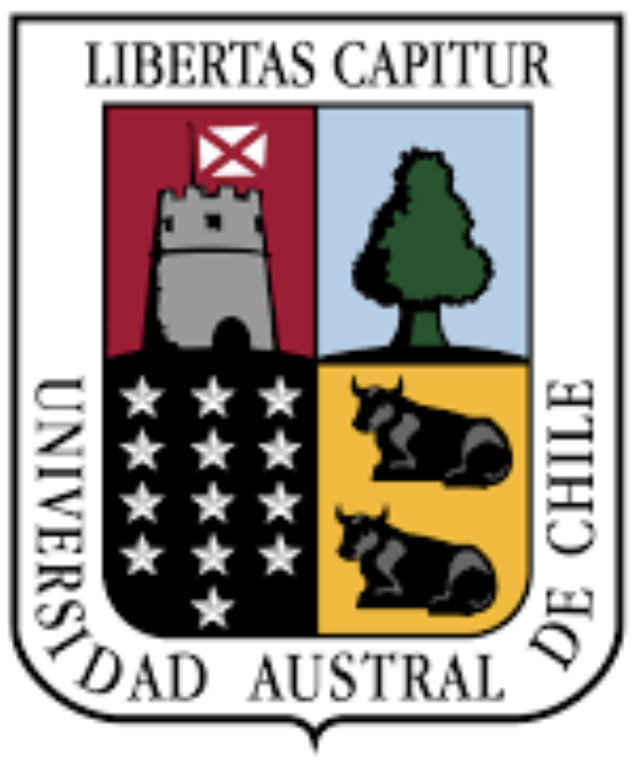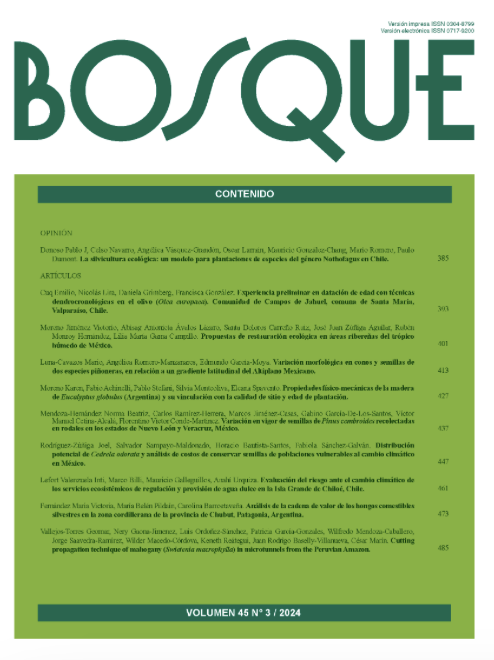Main Article Content
Jan 28, 2025
Abstract
Climate change (CC) affects many forest species that have social and environmental benefits; therefore, it is necessary to implement conservation measures. The potential distribution of Cedrela odorata was evaluated under climate change scenarios, and the costs of seed conservation for vulnerable populations (PV) in a seed bank (BS) were analyzed. The potential distribution of C. odorata was modeled according to the GISS-E2-1-G model (from NASA’s Goddard Institute for Space Studies (GISS)), from phase 6 of the Intergovernmental Panel on Climate Change (IPCC) coupled model intercomparison project. Using the collection cost method, the costs of collecting and storing PV seeds were estimated under CC scenarios. The current value of a stored accession is 15 times greater (USD 767.61) than the market price (USD 51.0). Considering a nominal interest rate of 8.24 % for the year 2050, the cost of an accession will be almost 8.5 times more (USD 6,510.61) than its present value or almost 130 times more than its current market price. The conservation of seeds from vulnerable populations in a BS guarantees their conservation; therefore, the maintenance and operation costs of the BS will always be lower than the benefits that can be obtained. This work is important for the conservation of germplasm from vulnerable populations in a BS and represents a strategic investment owing to the economic value and environmental importance of the species.
Downloads

This work is licensed under a Creative Commons Attribution-NonCommercial 4.0 International License.


